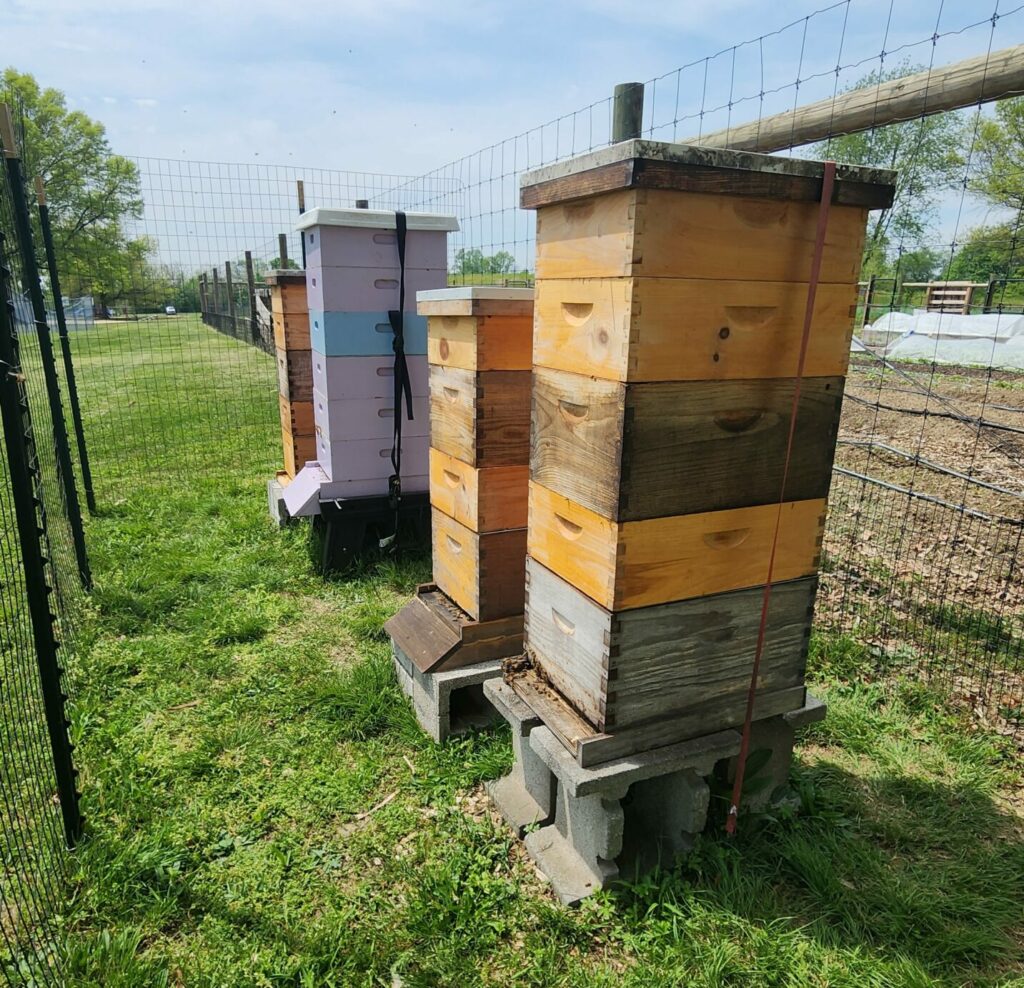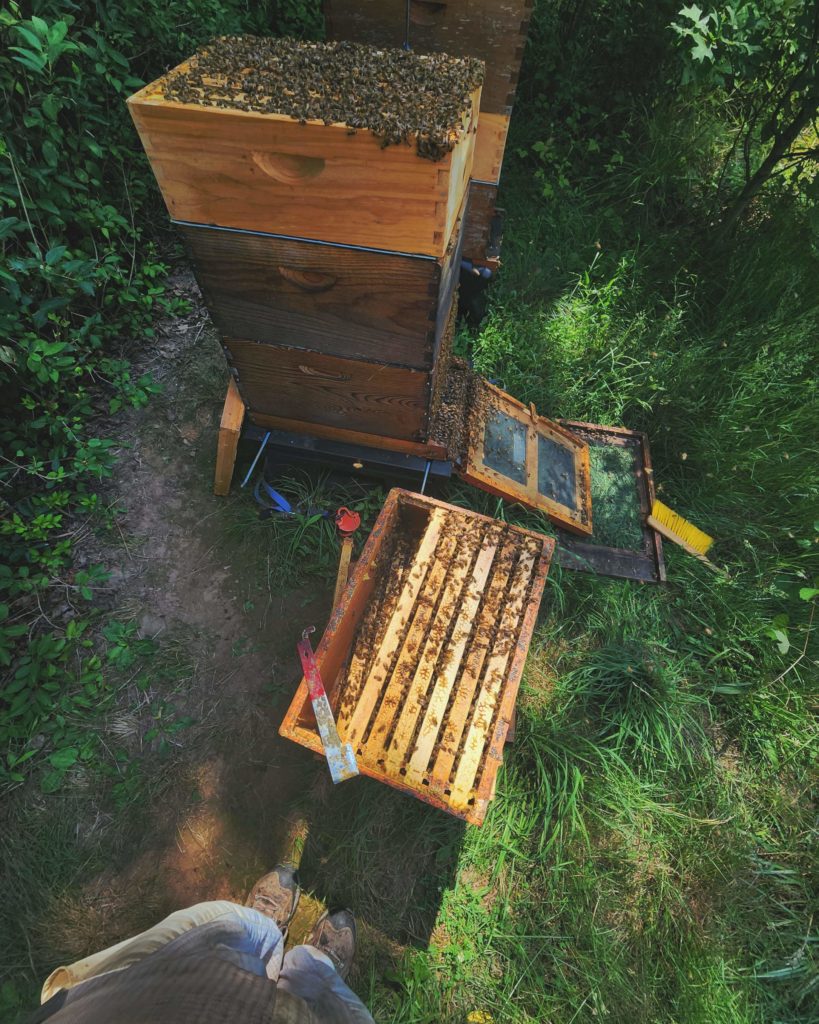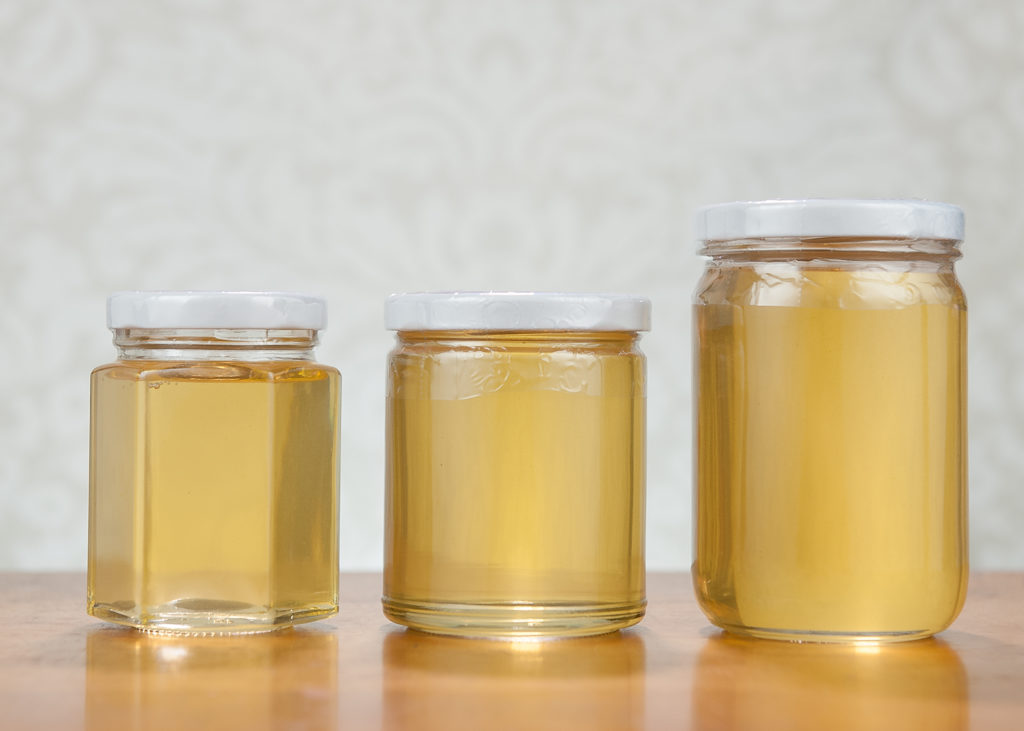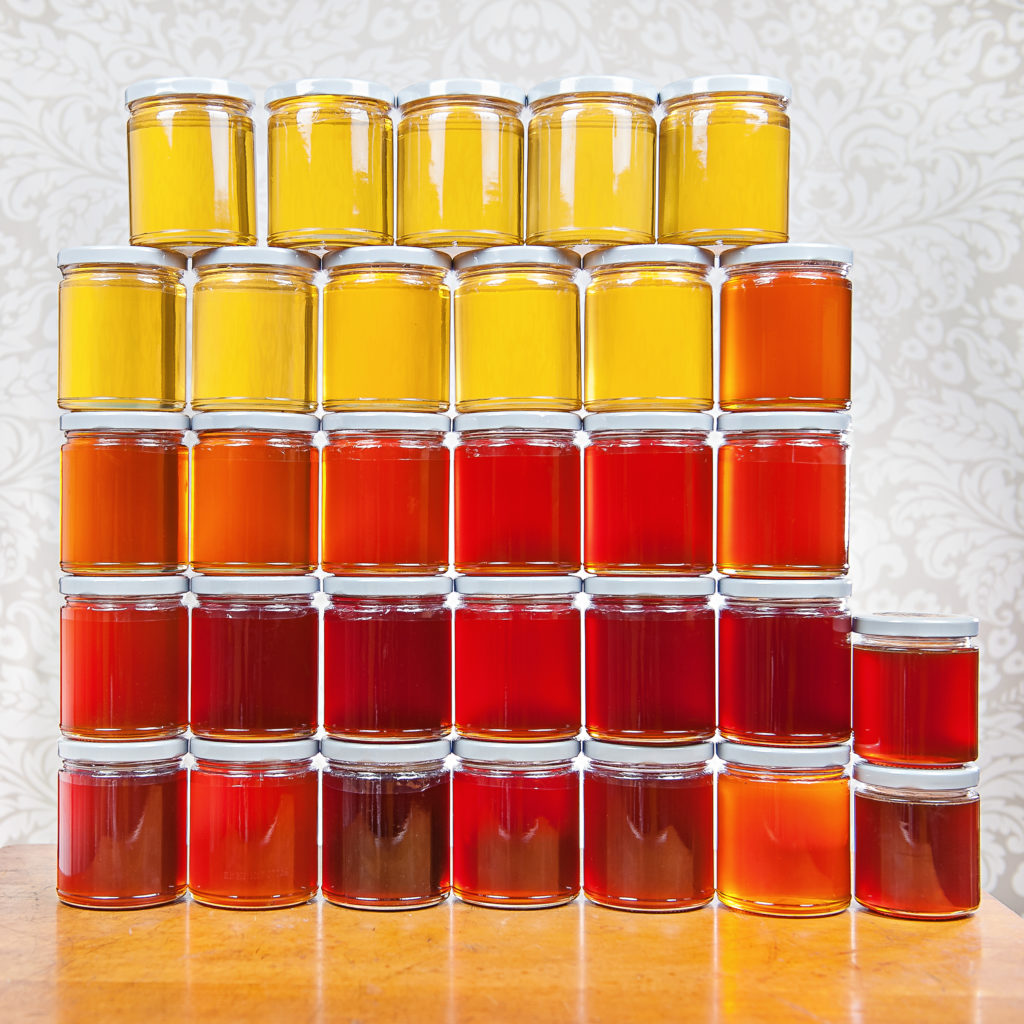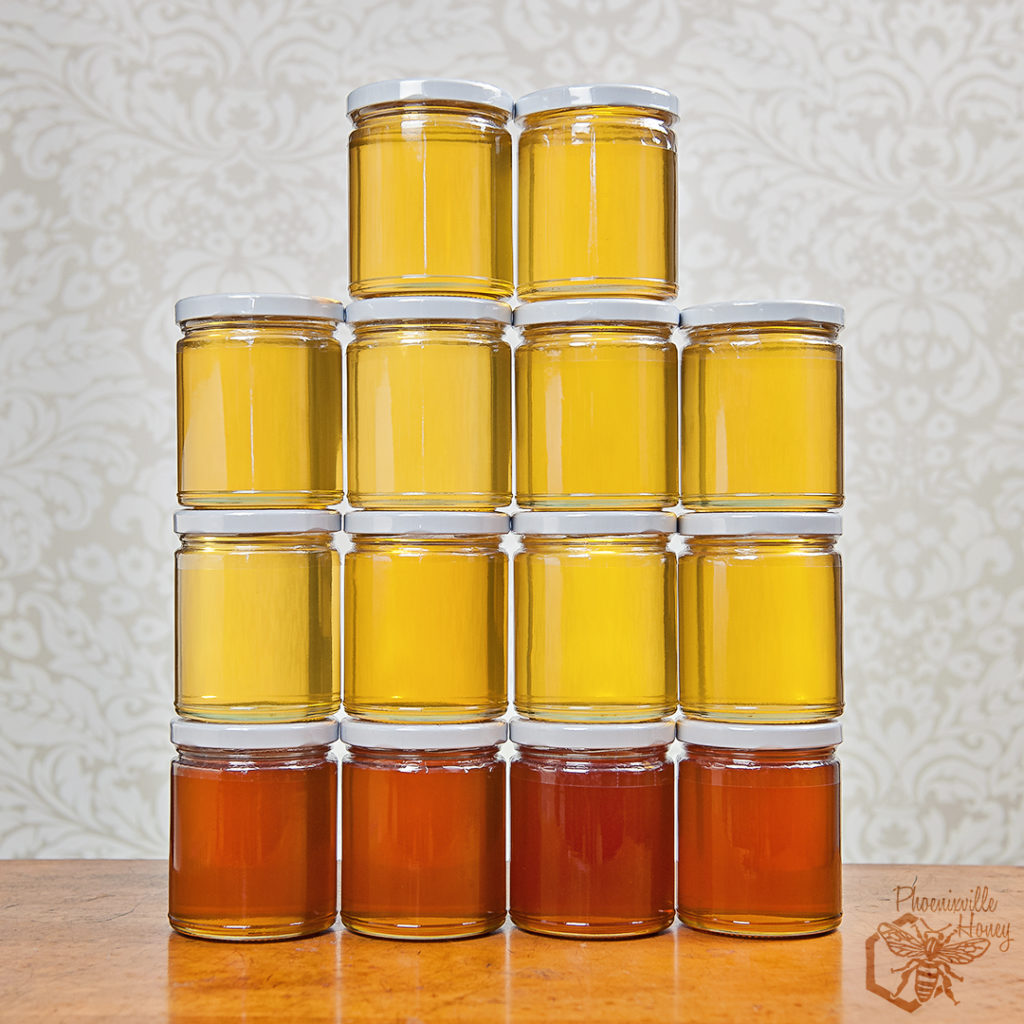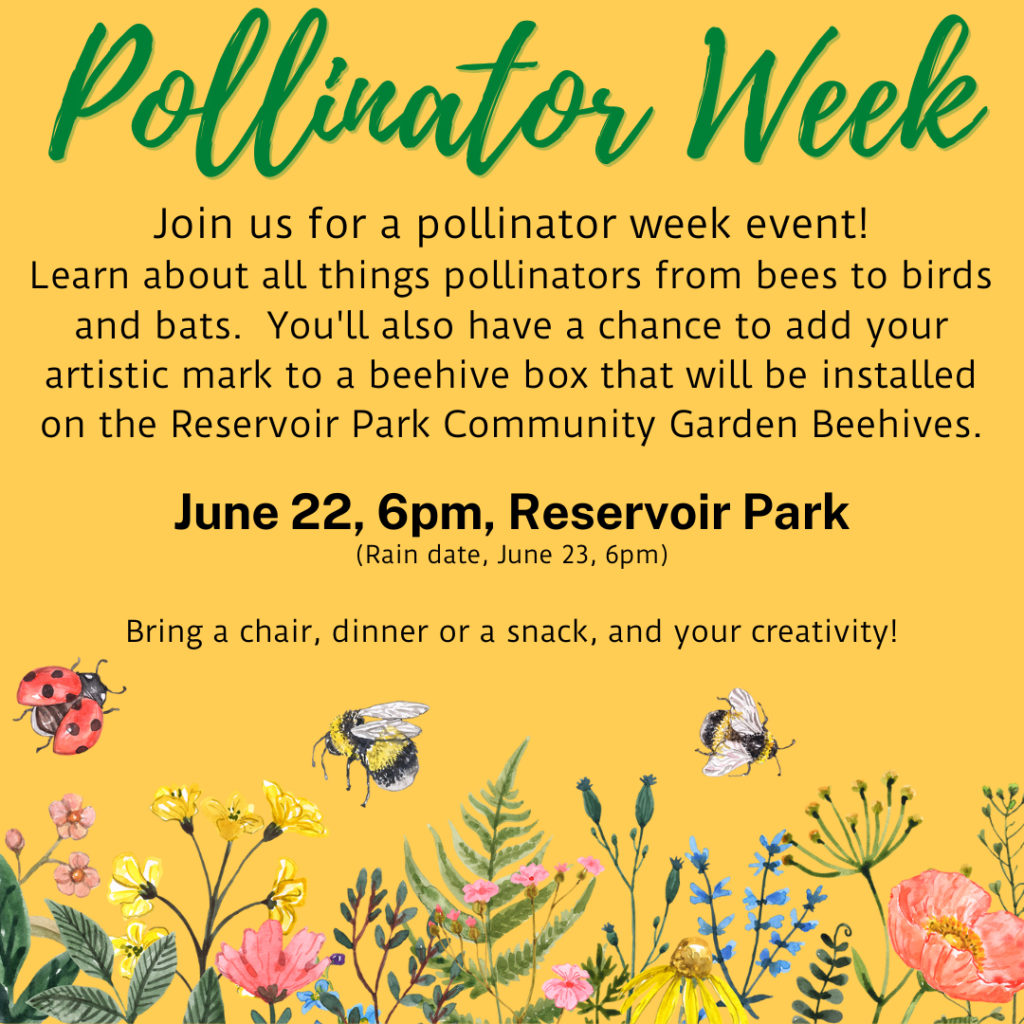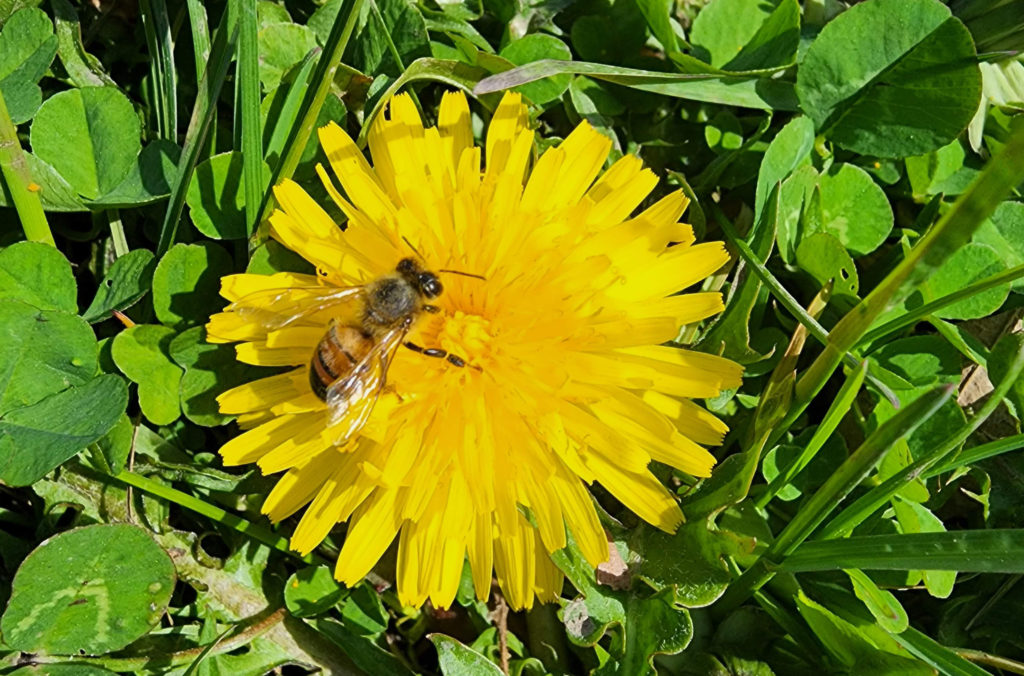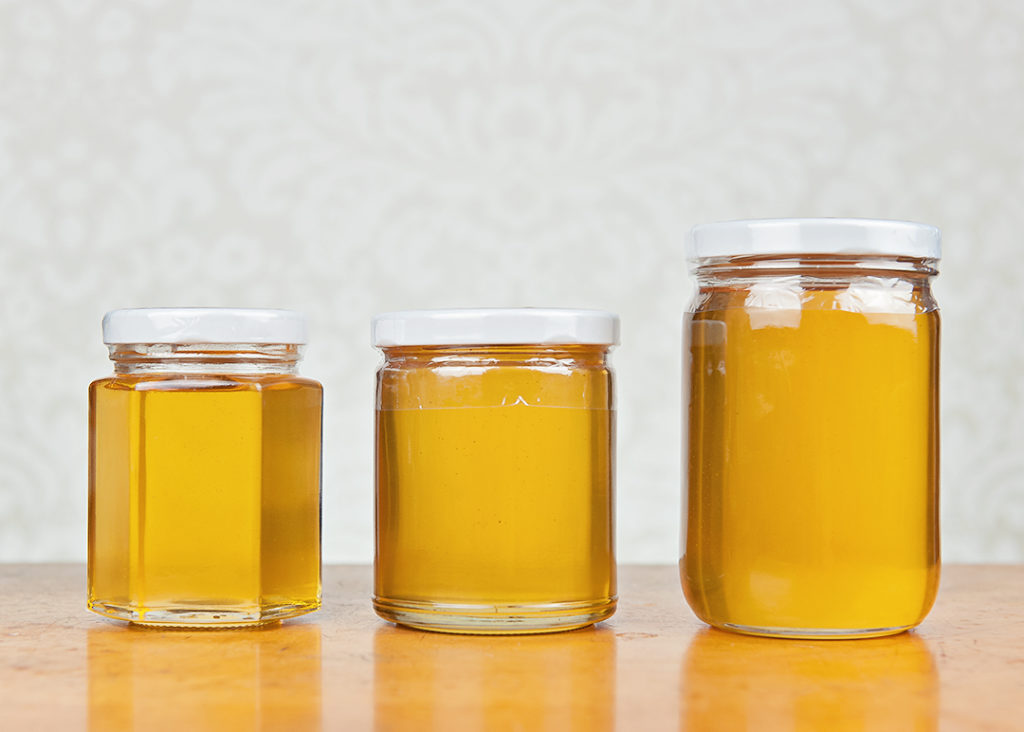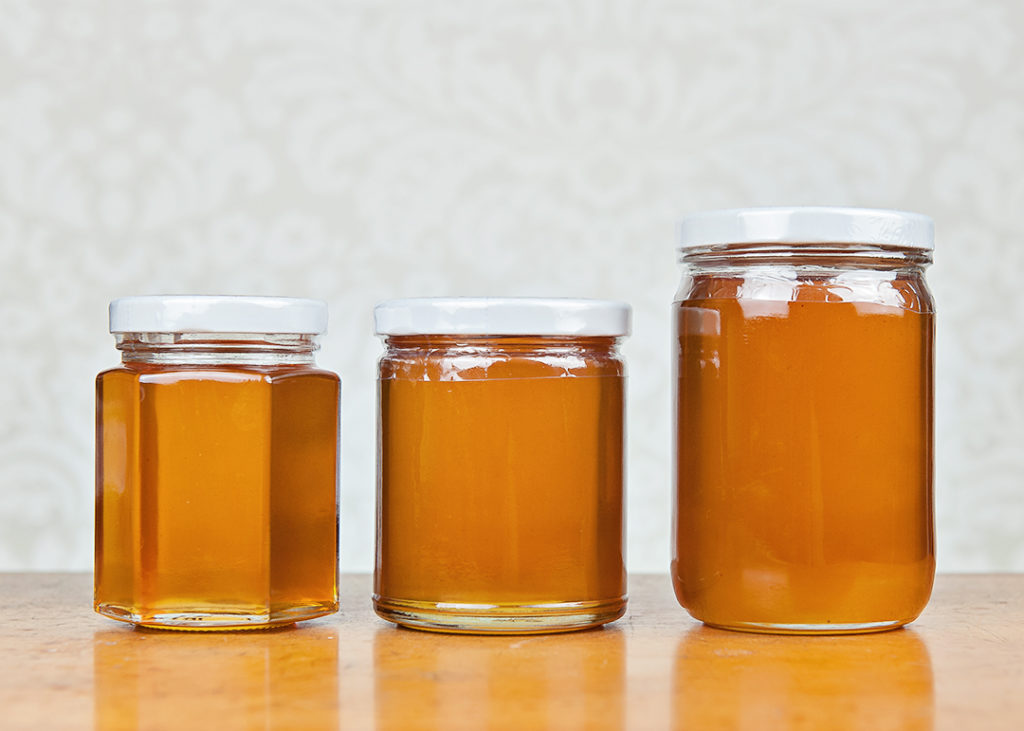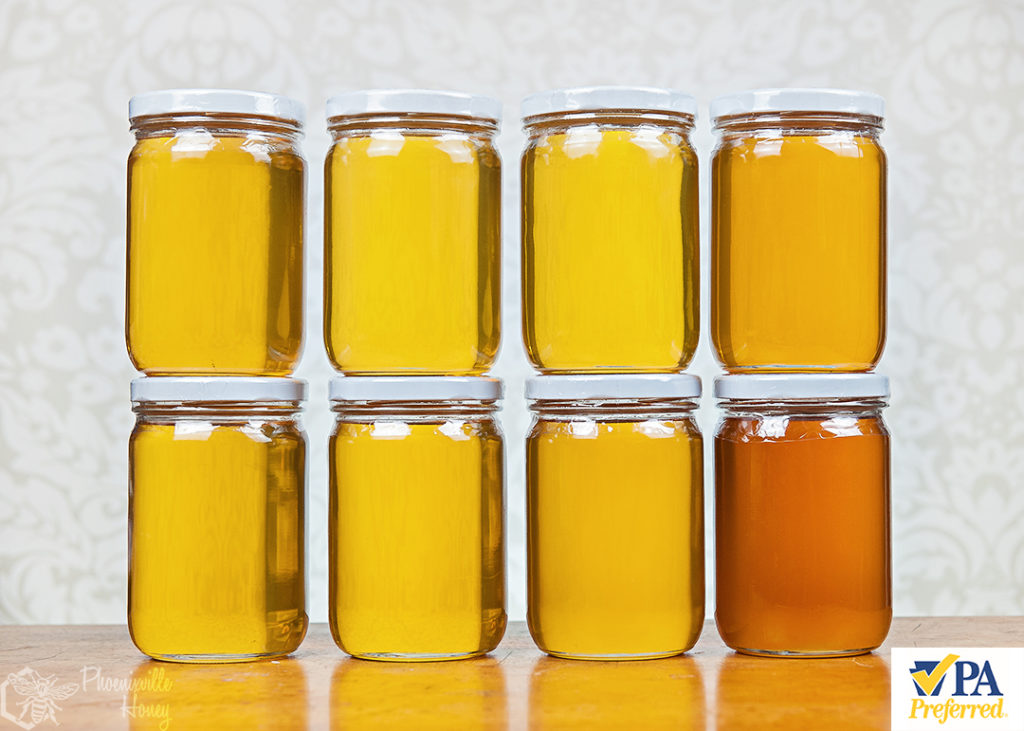
Winter is coming. The bees know it and their beekeeper knows it, so we’re pulling the last of the honey supers (boxes on top that store honey), processing all of that out, and starting all of our prep to make sure we have healthy bees for the winter. The bees know the daylight is getting shorter, so the queens have slowed down laying, and they’re busy trying to find whatever pollen and nectar is available to bulk themselves up for the coming cold. My job as a beekeeper is to add supplemental sugar water feed if needed, and it’s always needed, but maybe moreso this year in light of the drought we’ve had end of summer and into fall. I also run some mite treatments to keep the varroa population down since that’s probably the biggest reason hives fail over the winter. Varroa bring a bunch of other diseases with them and can weaken the hive to the point that diseases and problems bees may have been able to take care of on their own end up being a death knell for the hive. It’s a lot of work and worry over the winter, but I do the best I can to keep those bees alive!
We’ve got a bunch of events coming up for October, including a few special events below! I’m especially excited to join Cynthia Oswald and Jackie Henisee at the Art Work Gallery in Phoenixville where I’ll be offering honey tastings as well as (hopefully) a few extra surprises. These two artists have put together an incredible show that integrates nature into art and everyday goods that you can use in your home. Cynthia also interviewed me in the leadup to the show, and you can find that interview here – https://cynthiaoswald.com/phoenixville-honey-a-journey-into-beekeeping-and-art-with-melissa/
Also on deck is the Downingtown Fall Fest which is an incredible event with tons of vendors, food trucks, beverages, and neighbors and friends. Definitely worth checking that out!
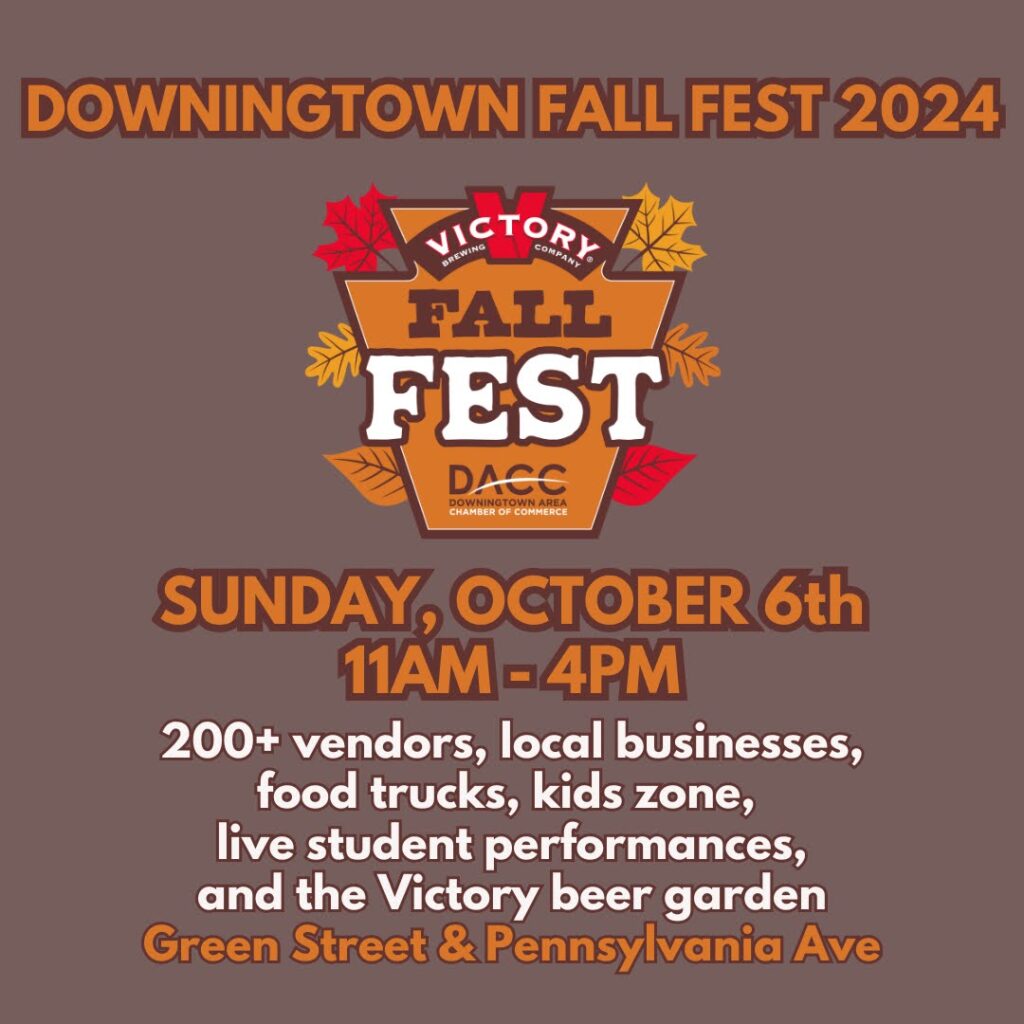
Hope to see you this fall! I also got a chance to update the honey guide, and our full schedule through the end of December is online. Keep an eye out for changes at the end of October since Mr. Phoenixville Honey may finally be home from being at sea all year and we may try to sneak off for a vacation then. Don’t worry, I’ll reschedule those markets and will post notice on Instagram and the website of any changes to the schedule.


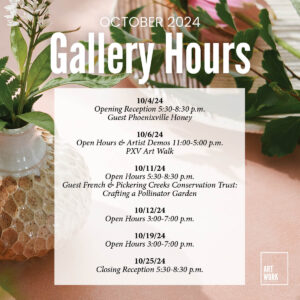

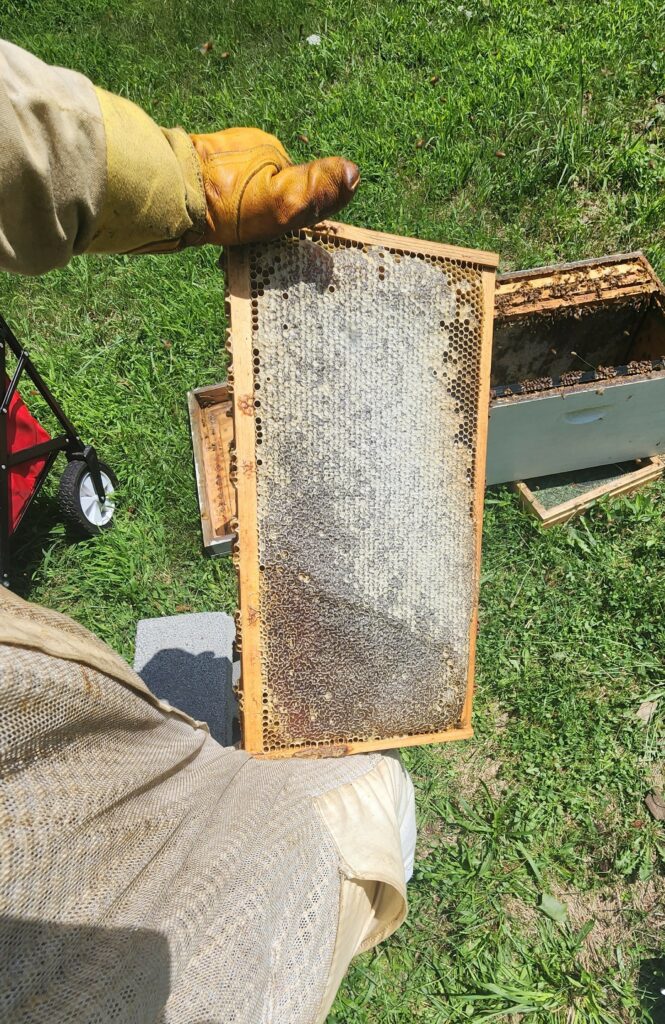
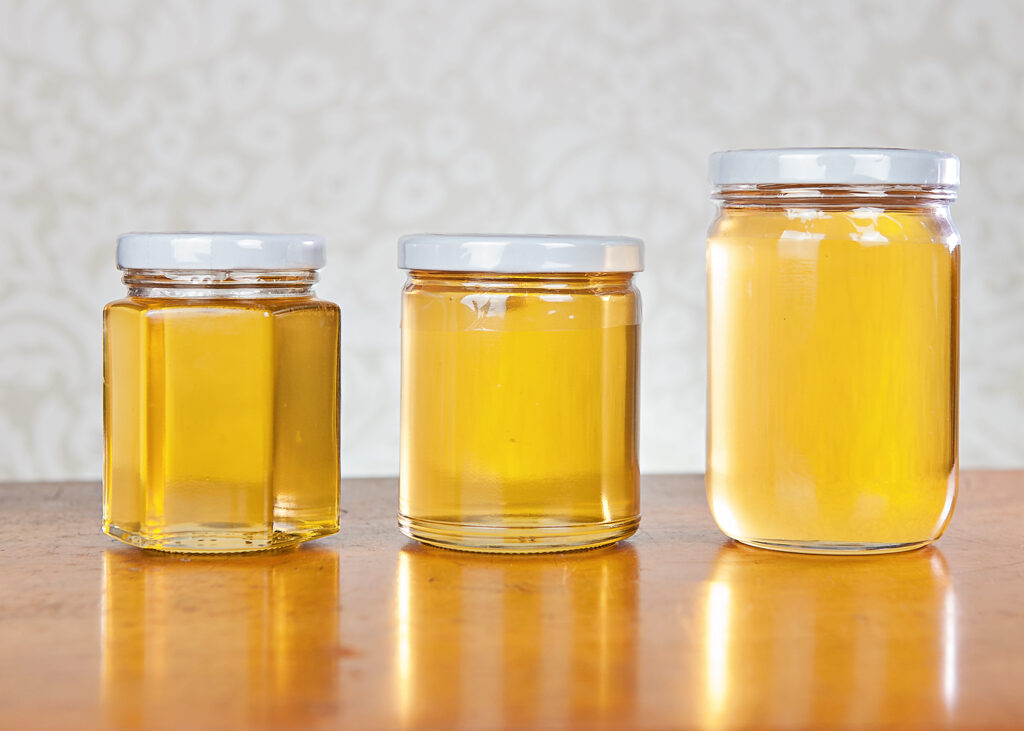 We’re already well into our honey season, working through batch letter H already. Our batches are separated by date and location, and through the early parts of the season, I’m pulling a batch of honey pretty much every week. Batches range between about 30-70+ pounds, and I enjoy seeing the differences between each batch as the season changes, and the small differences even between locations in the same week depending on what’s blooming and where. This season hasn’t been as stellar as last year since our black locust tree bloom was wiped out due to bad weather (cold and rain) and the trees outside my home didn’t even bother blooming this year at all. Black Locust trees are generally one of our biggest spring nectar producers, so that’s a huge disappointment. Now we’re into the middle of June and seeing a dramatic slowdown when clover nectar should be rolling in, but the forecast holds a week of 90 degree temperatures and we’ve had very little rain. The bees still seem to be pretty happy and healthy otherwise, but it feels like we’re into mid July instead of just halfway through June. Fingers crossed for a little more rain though – we could all use it!
We’re already well into our honey season, working through batch letter H already. Our batches are separated by date and location, and through the early parts of the season, I’m pulling a batch of honey pretty much every week. Batches range between about 30-70+ pounds, and I enjoy seeing the differences between each batch as the season changes, and the small differences even between locations in the same week depending on what’s blooming and where. This season hasn’t been as stellar as last year since our black locust tree bloom was wiped out due to bad weather (cold and rain) and the trees outside my home didn’t even bother blooming this year at all. Black Locust trees are generally one of our biggest spring nectar producers, so that’s a huge disappointment. Now we’re into the middle of June and seeing a dramatic slowdown when clover nectar should be rolling in, but the forecast holds a week of 90 degree temperatures and we’ve had very little rain. The bees still seem to be pretty happy and healthy otherwise, but it feels like we’re into mid July instead of just halfway through June. Fingers crossed for a little more rain though – we could all use it!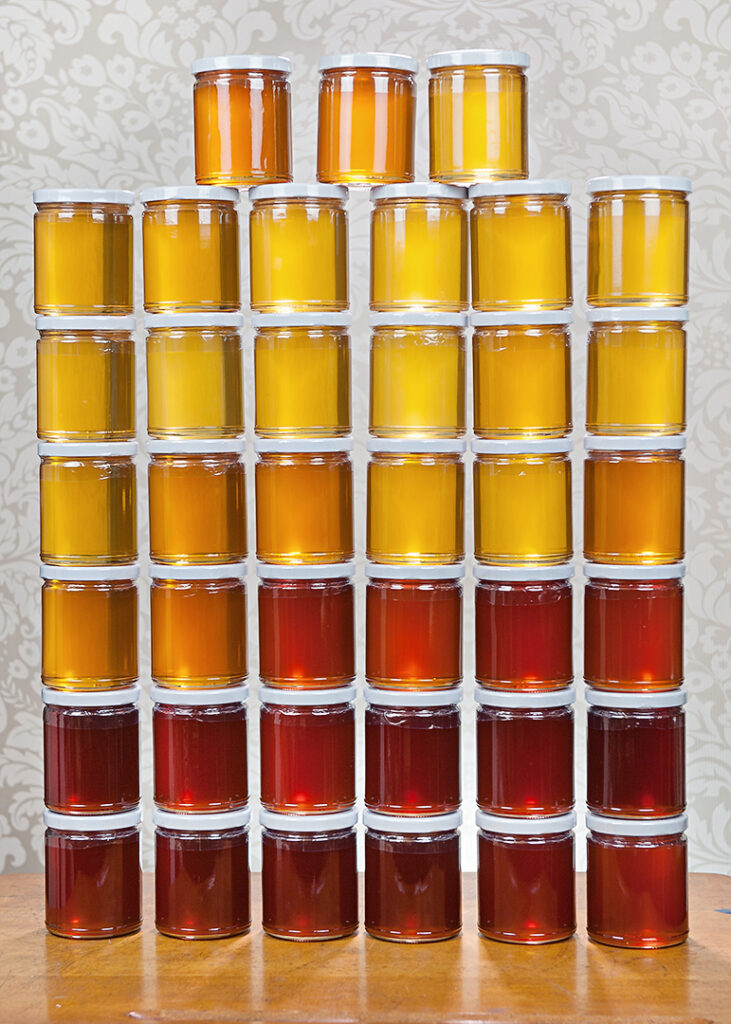 I did finally update all of last year’s honey guide which you can find
I did finally update all of last year’s honey guide which you can find 